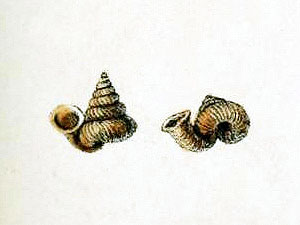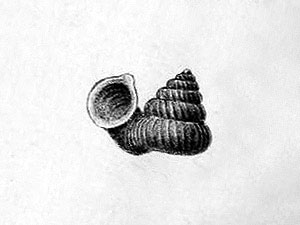Tenggek Karst Snail (Plectostoma tenggekensis)
The Tenggek Karst Snail was described in 2014; it is only known from the type locality: Bukit Tenggek in Pahang, central Peninsular Malaysia.
The shells reach sizes of 0.16 to 0.17 cm in height; the apical spire is depressed, the basal spire is conical and the whorl periphery is moderately convex, the umbilicus is open.
The only known locality where this species was known to occur, is now completely destroyed by limestone quarrying.
*********************

https://creativecommons.org/licenses/by/4.0/
*********************
References:
[1] Thor-Seng Liew; Jaap Jan Vermeulen; Mohammad Effendi bin Marzuki; Menno Schilthuizen: A cybertaxonomic revision of the micro-landsnail genus Plectostoma Adam (Mollusca, Caenogastropoda, Diplommatinidae), from Peninsular Malaysia, Sumatra and Indochina. ZooKeys 393: 1-107. 2014
*********************
edited: 01.03.2024



